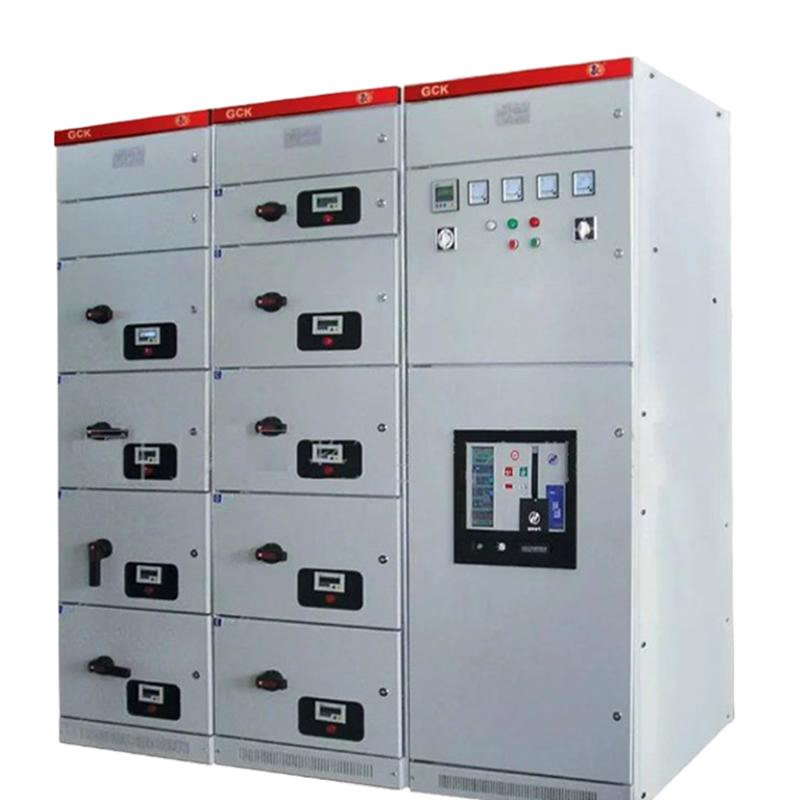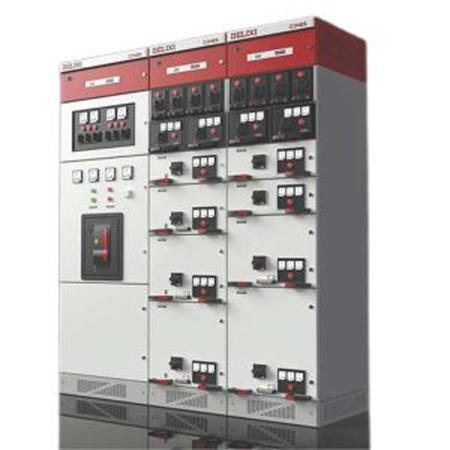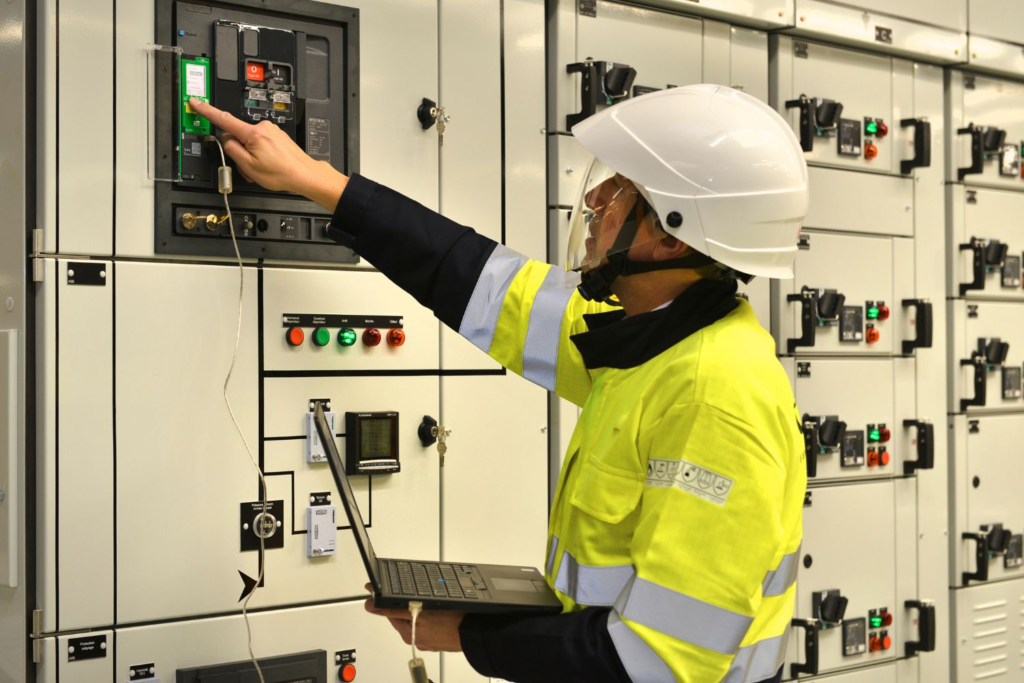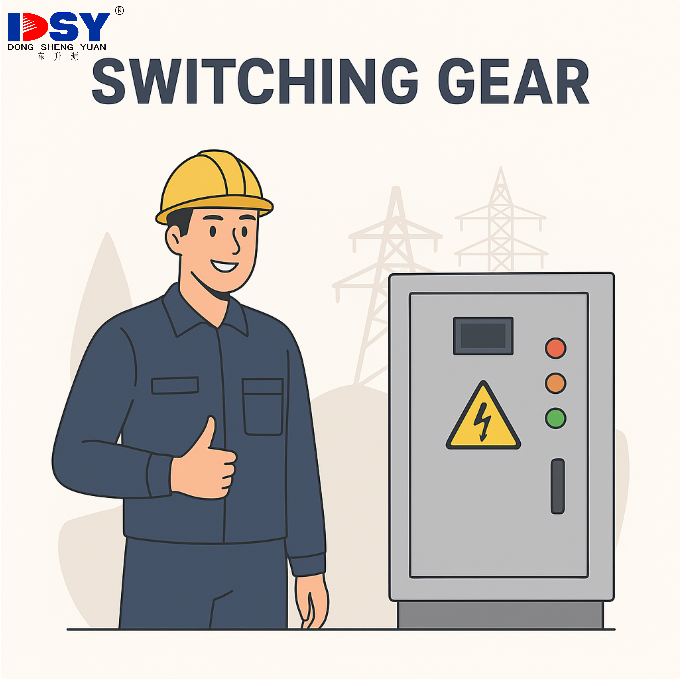Choosing the right switchgear involves evaluating several technical, environmental, and operational factors to ensure safety, reliability, and cost-effectiveness. Here’s a step-by-step guide to help you choose the appropriate switchgear for your project:

✅ 1. Determine Your System Voltage Level
Switchgear is generally categorized by voltage:
-
Low Voltage (LV): < 1kV — typically used in residential, commercial, and light industrial applications.
-
Medium Voltage (MV): 1kV – 36kV — for industrial plants, substations, and large buildings.
-
High Voltage (HV): > 36kV — used in utility substations or transmission systems.
➡ Tip: Choose based on your application’s voltage requirements and utility supply.
✅ 2. Identify the Load and Current Ratings
-
Calculate maximum load current and short-circuit current.
-
Choose switchgear with:
-
Rated current higher than your system’s full load.
-
Short-circuit breaking capacity above your system’s fault level.
-
✅ 3. Select the Right Type of Switchgear
-
Air-insulated switchgear (AIS): Cost-effective, easy maintenance.
-
Gas-insulated switchgear (GIS): Compact, reliable in harsh environments.
-
Hybrid switchgear: Combines features of AIS and GIS.
✅ 4. Decide on Indoor vs. Outdoor Installation
-
Indoor switchgear: For protected environments (e.g., control rooms).
-
Outdoor switchgear: For substations or remote areas — weatherproof and rugged.
✅ 5. Check Safety and Protection Features
Ensure switchgear includes:
-
Overcurrent protection
-
Earth fault protection
-
Arc fault containment
-
Interlocks and isolation features
-
Remote monitoring (optional, for advanced systems)
✅ 6. Compliance with Standards
Look for switchgear designed and tested according to international standards:
-
IEC 62271 (for high-voltage)
-
IEC 61439 (for low-voltage)
-
ANSI/IEEE (for North America)

✅ 7. Future Expansion and Maintenance
-
Choose modular switchgear for scalability.
-
Look for designs that allow easy maintenance and minimal downtime.
✅ 8. Environment and Location Considerations
-
Temperature and humidity resistance
-
Dust and water ingress protection (IP rating)
-
Corrosion-resistant enclosures for coastal or chemical environments
✅ 9. Manufacturer Reputation & Support
-
Choose a supplier with:
-
Proven quality assurance
-
Good after-sales support
-
Local service availability
-
✅ 10. Budget
-
Consider both initial cost and lifecycle cost (maintenance, energy losses, upgrades).
Would you like a simple checklist PDF or a switchgear recommendation based on your project ? You can also tell me the voltage and application, and I can narrow it down.





